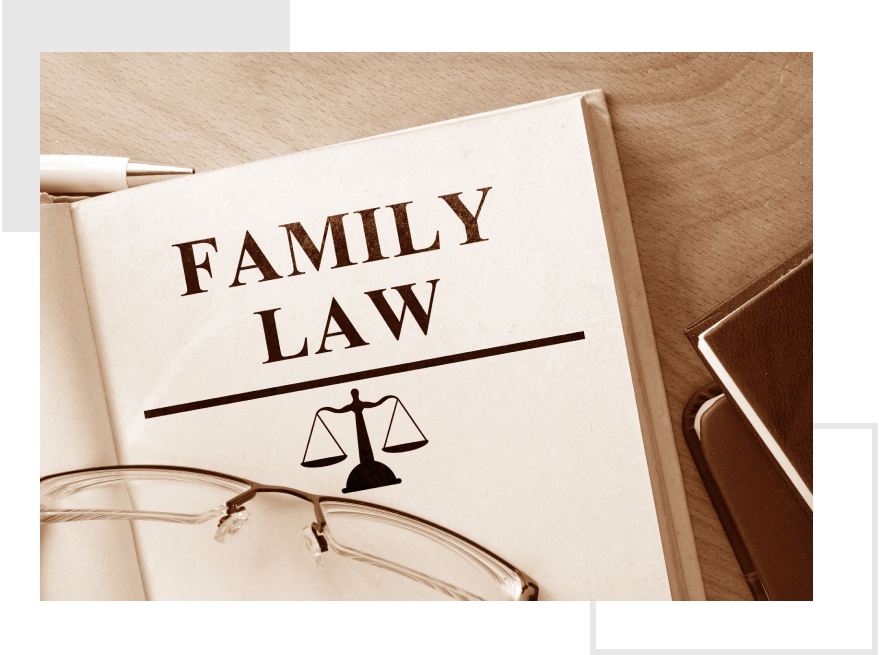Home
Center for Divorce Management
A Clearing House for Like-Minded Attorneys
Center for Divorce Management
A Clearing House for Like-Minded Attorneys

What is the Center for Divorce Management?
The Center for Divorce Management is a clearing house for like-minded attorneys in your county. Every member attorney shares the philosophy of the Center for Divorce Management: When there are children involved, the best divorce is one that ends with both parties being able to be in the same room and be civil to one another. Without giving up on any contested issue, the parties handle the case In as non-adversarial a manner as is possible, avoiding contested hearings as much as possible.
A Wise Divorce
The Center for Divorce Management was created as an effort to change the way divorces are handled in the United States, especially where children are involved. Divorce Management is an attempt to do what is really in the children’s best interests, without compromising your rights. The key is both parties having access to like-minded attorneys. If even one spouse hires the wrong attorney, then scorched earth, bitterness, and recrimination are soon to follow. Divorce Management allows you to pursue your best interests while minimizing the financial and emotional cost of a divorce. We help you divorce wisely, so you can save your resources for more important things. But, both sides have to agree on the process.

The Divorce Management Process
A contentious, bitter divorce is demonstrably detrimental to the children that are involved. Research shows that high conflict divorces lead to depression, anxiety, social withdrawal, and many other negative behaviors and outcomes for children. The Divorce Management process, however, helps divorcing couples minimize these negative effects. Your divorce is the single most important (and most difficult) act of co-parenting that you will ever engage in with your spouse. Your children are watching, and they are learning how to manage conflict from you in this process. What do you want them to learn? Do you want them to learn how to be petty and vindictive, or will they see you successfully keep the big picture in mind? Please realize that after the divorce, you and your spouse are still the only parents your children have. There will be numerous events in the future that will require parental cooperation. It is in your children’s best interests for you to divorce in a manner that allows effective co-parenting in the future. We believe that the Divorce Management process give you the very best chance of achieving that goal.
